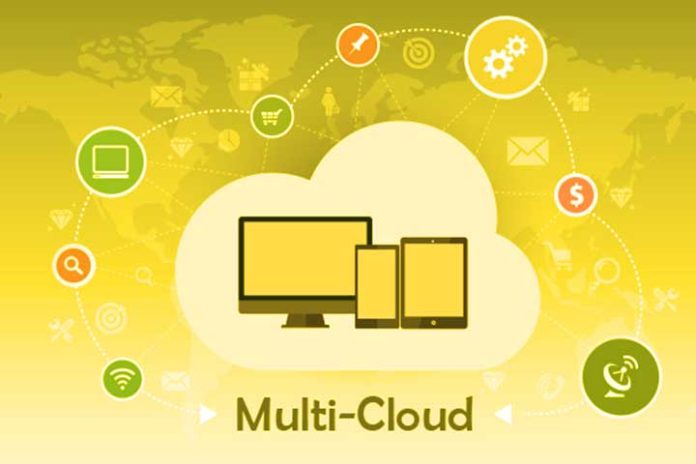The Multi-Cloud is a cloud computing model created by companies consisting of more than one cloud platform, which can be public clouds, such as Google Cloud and Microsoft Azure, for example, private and edge clouds (which differs from a hybrid cloud). The big advantage is being able to benefit from what each one provides in terms of tools and advantages.
However, IT institutions need help in this cloud clustering model when supporting application architectures and workloads across all major clouds, in colocation scope facilities, in superior environments, and in the private data centre.
Every cloud provider, composed of its operating system, services and tools, has unique features that do not necessarily apply to other types of data storage in other clouds. Each cloud’s technical and operational differences can overwhelm your IT team when mismanaged by not understanding the complexity of the interaction between them.
What are the advantages of implementing the use of Multi-Cloud in your company?
The reasons why your company can benefit from this tool are numerous. The implementation-related benefits that Multi-Cloud offers can be essential to generate a competitive advantage in the modern digital economy.
This technology helps facilitate migrations while providing enough information to ensure ongoing management across security, inventory, migration, and changes. We can also point out other great advantages of using Multi-Cloud in your company:
- Possibility of analysis on the competitive prices of storage services. It will be possible to measure which of the cloud interfaces strategically pays off the most for your company through an evaluation with the technology team;
- When choosing more than one cloud service based on your company’s IT strategies, it can be advantageous to categorize your business requirements with the best cloud hosting providers;
- The flexibility of choice: based on the experience obtained with each one in the clouds and having analyzed the risks and advantages, moving between the tools that make sense for each moment of the company’s strategies is to take advantage of the best of each one, thus freeing oneself from the “technological lock-in”;
- The Multi-Cloud also presents a lot of flexibility regarding the amount of information stored, allowing companies to increase or decrease their storage.
Also Read: The Trend For 2023: The Scaling Of The Cloud

